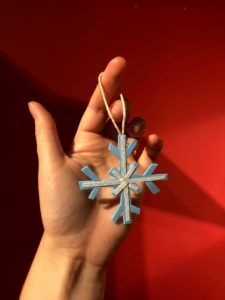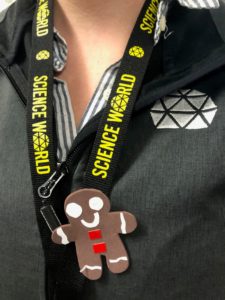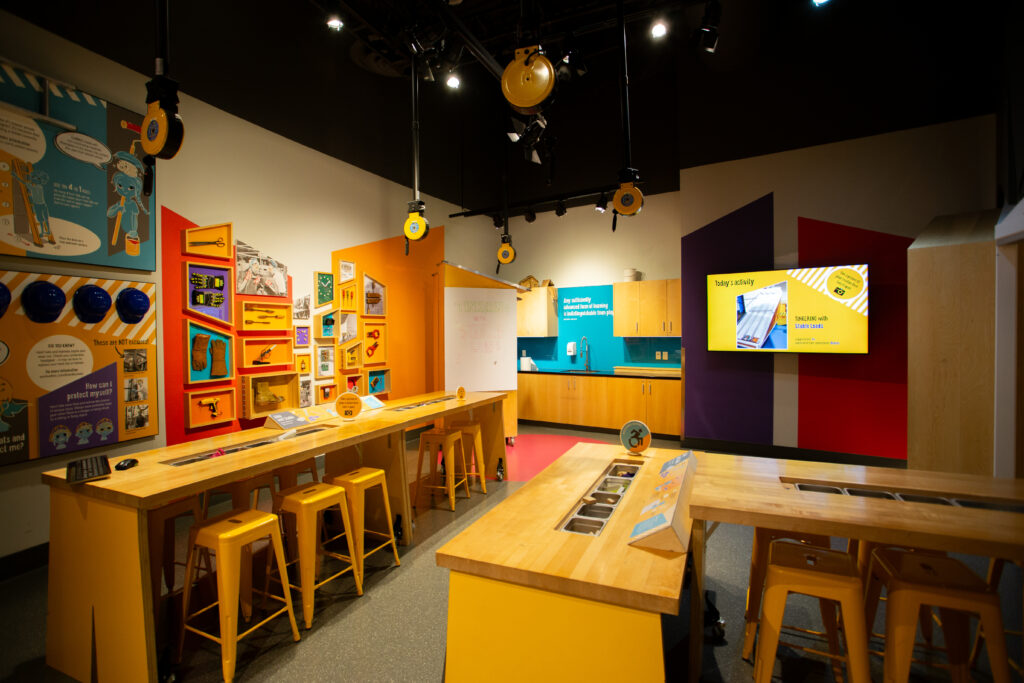The science of light helps to keep you extra-visible on dark Canadian winter nights (and days).
Eyes can see the world around them because objects reflect light towards your eyes. Your eyes need light to work well, if you want to see and be visible to others.
Humans don't create their own light to be visible. Unfortunately, we can't generate light by burning Hydrogen like a star, or have chemicals to give them a glowing abdomen like a Firefly. Humans have to carry light sources or wear special clothing in order to avoid being invisible in the dark.
Glow-in-the-dark products make light on their own, and have a built-in energy source. Light energy can can be generated by a battery or a chemical reaction (like in glow sticks that you need to “pop” to mix chemicals that emit light energy). These can be a short term solution to increase visibility.
High visibility ("hi-vis) clothing does not glow in the dark, although it can appear bright in daylight. Some clothing dyes are fluorescent, meaning they absorb ultraviolet (UV) light, which humans can’t see, and turn it into visible light, which you can see. The fluorescent yellow jackets used by cyclists and road workers stand out extra-bright in low light.
High visibility(“hi-vis”) clothing can be a type of wearable reflector. Reflective clothing functions even in low-level lighting, and the flash of a reflective strip can alert others to a persons presence. Reflective (or more correctly “retro-reflective”) means reflecting light back to where the light came from. Objects reflect light towards your eyes so you can see them, however, most objects scatter light in many directions. Retro-reflective material contains tiny beads of glass or other transparent material, which reflect most light directly back towards the light source, and towards the eye.
For example, if you shine a flashlight on an ordinary jacket in the dark, some of the light will bounce towards your eyes to allow you to see it. But retroreflective stripes on a jacket shine almost all the light directly back towards the flashlight. They appear to glow in comparison to the ordinary fabric. Retroreflective material is also used on road signs, and in the paint for some road markings, to increase visibility.
Follow the instructions to make your own “hi-vis” pin or holiday ornament using craft materials and reflective tape!


